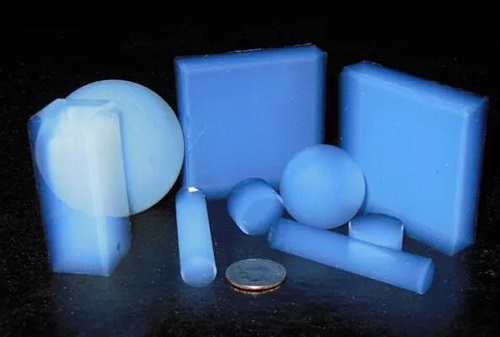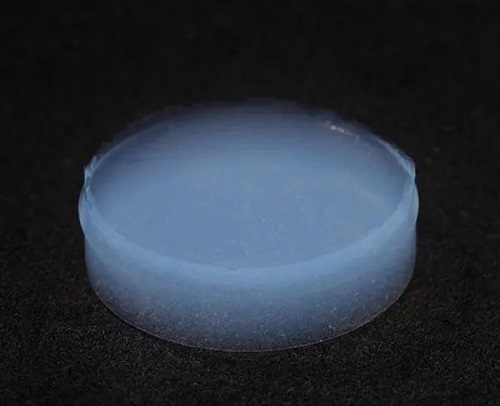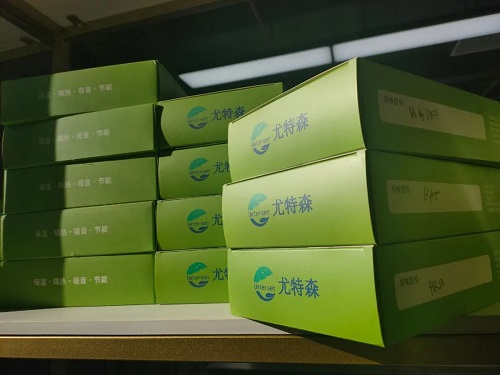

SEARCH
Aerogel, the lightest solid in the world, was first made by American scientist Kistler in 1931. Our knowledge of aerogel is limited to a few specialized areas. Although it could be prepared manually as early as 1931, the application of the material did not develop as quickly as expected. At present, the application of aerogels in the thermal insulation industry is only a basic downstream application.
The density of the new material is only 3.55 kilograms per cubic meter, which is only 2.75 times the density of air; Pine is 140 times denser (500 kilograms per cubic meter) than aerogel. Aerogel particles look like solidified smoke from a distance, but their composition is similar to glass. The grainy aerogel barely feels the gravitational force of Earth's gravity when held in the hand.

In the thermal insulation materials, the application of aerogel is mainly combined with the thermal insulation material base to form fireproof and moisture-proof aerogel felt, board and paper. The bidirectional material structure can be used to form the advantages of heat preservation and fire protection characteristics.
Aerogels have developed from the original SiO2 aerogels into a large family of aerogels. According to the appearance, aerogel can be divided into bulk, powder, thin film and so on, and aerogel, dry gel, frozen gel and so on. According to the different microstructure, it can be divided into micropore (<2nm), mesopore (2-50nm) and mixed porous aerogel. According to the substrate, it can be divided into inorganic, organic, mixed and composite aerogels (such as glass fiber base aerogel mat). The most common classification method for aerogels is by component, which can be divided into single component aerogels and multi-component aerogels. Single-component aerogels include oxide aerogels, carbide aerogels, nitride aerogels, graphene aerogels, quantum dot aerogels, metal aerogels, polymer-based organic aerogels, biomass-based organic and carbon aerogels, sulfide aerogels, etc.

What is a multicomponent aerogel?
Multicomponent aerogel (composite aerogel) refers to aerogel aerogel composite material composed of two or more single-component aerogels. It is made of glue or reinforced materials such as fiber, whisker, nanotubes and aerogel matrix. Such as organic fiber -SiO2 composite aerogel. Aerogels with different compositions and structures exhibit unique properties and are suitable for specific application scenarios.
The aerogel products commonly used in building industry insulation belong to silica (SiO2) aerogel, which is also the earliest application and the most mature preparation technology at present.

Aerogel family has a large content and occupies an important market application. As thermal insulation materials, thermal insulation applications are not only for building thermal insulation and industrial thermal insulation, but also for new energy battery fireproof packaging, high temperature fireproof thermal insulation and so on. Aerogel also has hydrophobic and waterproof function, which can help to isolate water vapor and reduce the influence of environmental humidity change on thermal insulation effect.
Uetersen New materials has been in the heat preservation industry for more than 10 years, constantly following the pace of The Times. Energy saving and environmental protection is the current international trend. The application of aerogel has gradually extended from the field of heat preservation to many emerging fields such as electrode carrier materials, catalytic materials, sensing materials, nano-sterilization materials, drug release and so on. Material innovation, iterative research and development, is a big step forward in the development of the industry, but also the industry low-carbon energy development of the wind direction navigation.